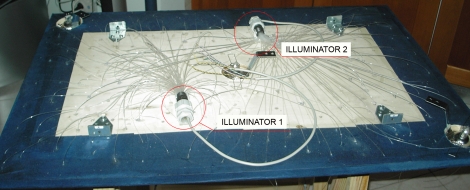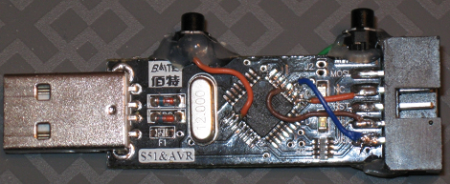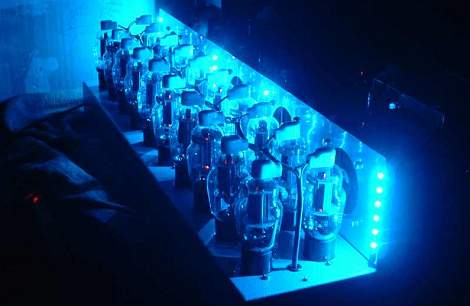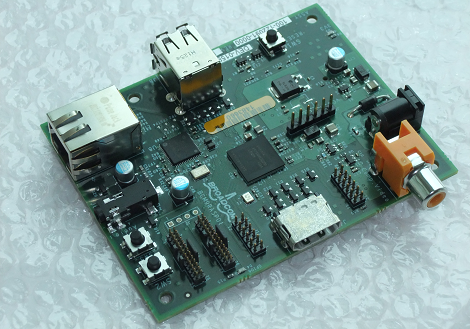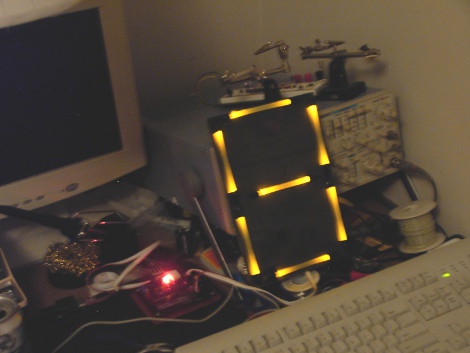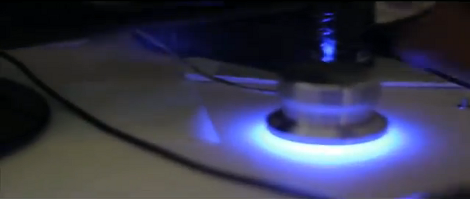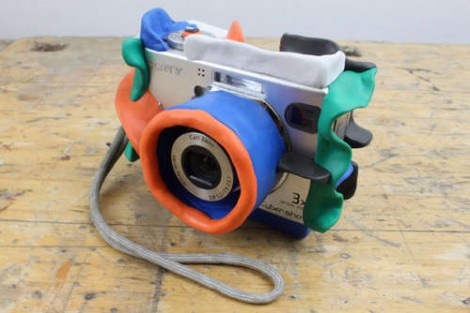
Would you throw this camera around on pavement and trust that it wouldn’t get broken? We have a hard time believing it too, but that’s exactly what happens in the video after the break. The colorful add-ons are pieces of Sugru creatively positioned to help protect the camera. From what we’ve seen this adds quite a bit of shock absorption, letting the normally delicate hardware bounce and roll. After all, the stuff is made from Silicone.
It doesn’t look like the protection is meant to be removed from the camera, although we have seen Sugru used for that in the past so this method may be adaptable. A mistake was made during the project which prevented to battery compartment from being opened but it turns out you can peel the stuff of the camera later on, so this isn’t a completely permanent transformation.
We’d wager the camera component to be most concerned with is the LCD screen. We’ve got one that cracked without any plausible cause to point to. But if you’re just reinforcing the device to hand to your kids, who cares if the LCD doesn’t work? It kind of makes it like a film camera again if you have to take all the pictures and then wait to use a computer to “develop them”.
Don’t forget, if you don’t have Sugru on hand you can try mixing your own.
Continue reading “Go Ahead, Let The Kids Play With Your Digital Camera… After Some Additions”

